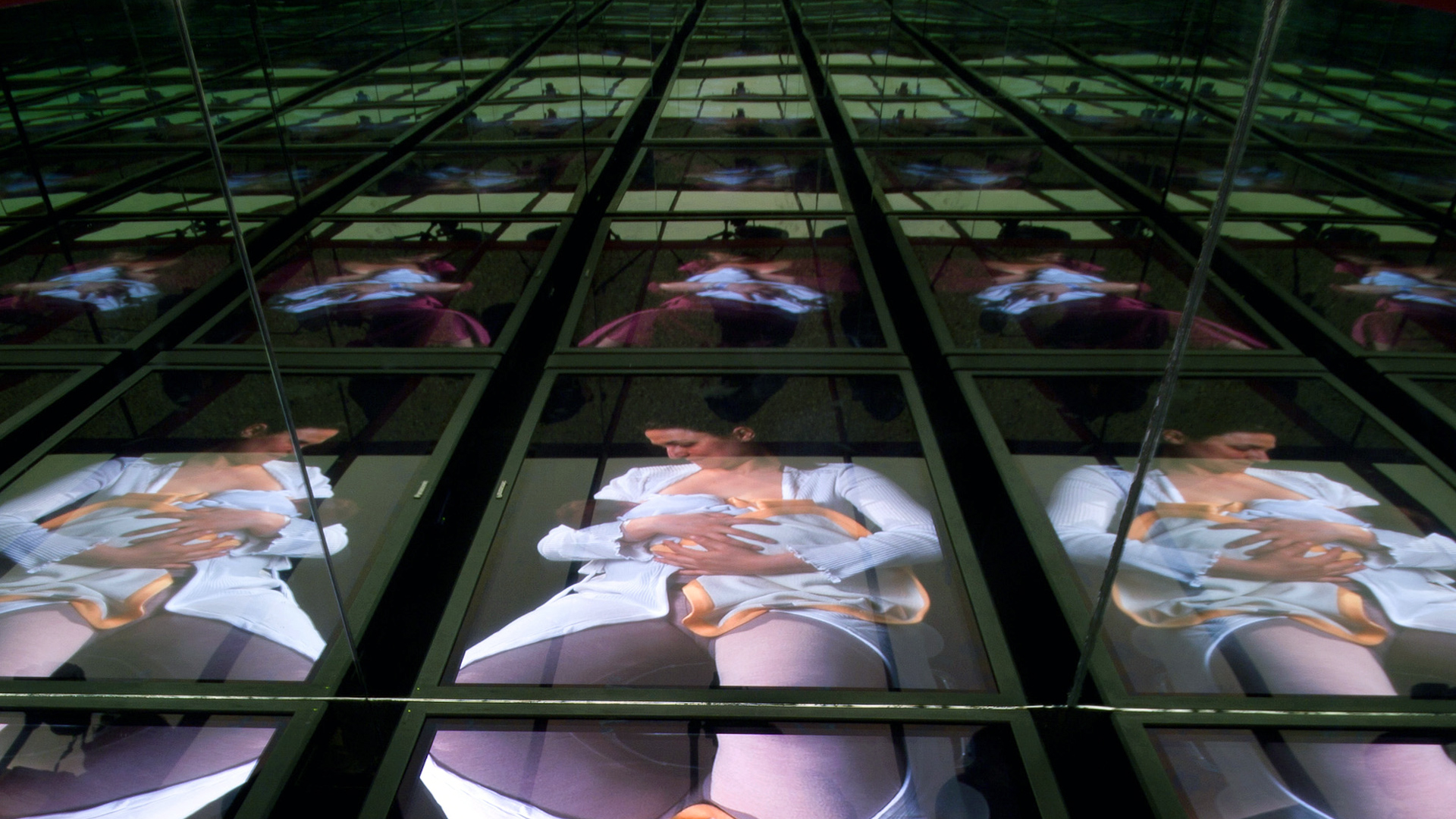Project data
- Year
2010 - Tipology
Exhibition Design - Location
Milan, Italy – Pinacoteca di Brera - Client
Cosmit S.p.a. – Salone del mobile di Milano 2010
Description
“Dinner is on the table.’ Are ice sure? What if there were no table, or no flatware? And where? How? Since when? There is evidence of the where, how, and when in historical documents, archives and furnishings that have survived to this day; ever since, a few millennia ago, furnishings and “tools” for eating purposes were not yet considered “design” but simply what they were, i.e., “things” made to facilitate and celebrate the needs and rituals of eating. As we have always done: eating with our hands, with chopsticks, using only a knife or traditional flatware.
Eating food on leaves or bread, from a shared bowl or individual plates. Eating while sitting on the floor, squatting on rugs or mats, semi recumbent on triclinia or sitting on chairs around a tall table. Eating pizza or sandwiches wolfed down at counters or in the street. Eating while sitting on the grass as in old time picnics or perched on high stools in front of a moving series of tiny dishes at a sushi bar. Eating a set menu alfresco at a country inn just outside town. Or on a friends’ boat at a marina. Eating in New York in minimalist trendy restaurants or anywhere else, in a temple of molecular creative cuisine or at a cafeteria or on plastic and paper plates at the former Feste dell’Unita or on a transcontinental flight. Yet, being aware of all this does not make a present day designer’s job any easier or simple.
Actually, it charges him with responsibilities and raises many questions, and disregarding them would be naive and superficial. In our western culture notwithstanding its more recent transversal, hybridized and globalized acceptation eating is an unavoidable activity (besides being a problem for hundreds of millions) which takes up a significant portion of our time and implies complex values in terms of anthropology, rites, culture, society, aesthetics, religion, communication… As I have always been aware of, ever since I discovered how much time and effort I had needed to design a tea and coffee set. Or when I felt the need to consider and investigate this subject at length in a book, Progetto Mangiare, which I conceived and Electa published in 1981. Therefore, is it easy? We can all start designing now that we have design. Let’s design “designer plates”, designer flatware, designer glasses, designer chairs, designer tables… But always bearing in mind that countless other people look down on cutting and spearing food with knife and fork as being uncouth. More refined, for millennia they have chosen to employ two plain sticks, while countless others would rather bring food to their mouths with their own hands, displaying an undeniable elegance. And even in our western civilization which spawned the foolish motto ‘form follows function” no one would be able to explain why fruit cutlery is smaller that regular flatware without resorting to their imponderable symbolic value.
All at table, therefore, including children who, together with adults, have always taken part in the rites of nourishment; rites so different one from another through-out the ages and in all places, yet always identical and unchangeable only for one special age group newborns. Before becoming part of the multicoloured tapestry of humanity at table, all newborns have been nursed at their mother’s breast, regardless of gender, class, ethnicity, place of origin, religion or culture.
In this installation, the same sacrality and the same humanity shine through in the sons of man and the Son of God depicted while feeding at their mother’s breast.”
– Mario Bellini –
Credits
Design Team
Mario Bellini
Collaborators
Giovanni Cappelletti, Anna Re, Damiana Conti


